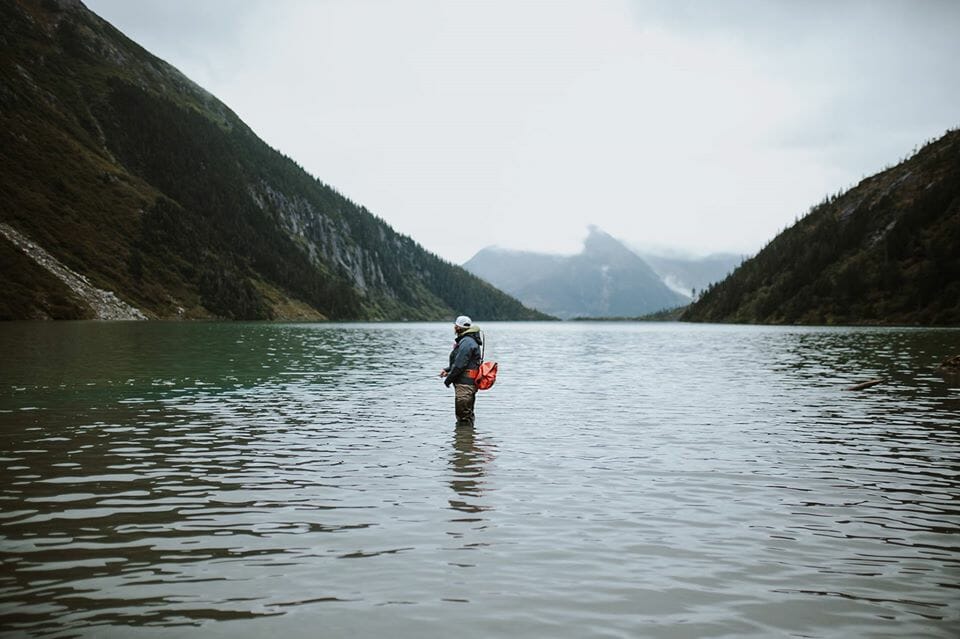by Kayla Roys
I am lucky to have grown up exploring the awe-inspiring stands of massive, old-growth trees within the Tongass National Forest. I have spent countless hours tromping through muskeg meadows and dense forest with a fly rod or rifle in hand, and eventually made my early career out of what I learned, working in a local fly fishing shop while I attended college.
I was raised to follow local politics, and about 10 years ago, I felt the need to speak up for these places that shaped who I am today. These are places I care about so deeply. So, I joined the local Trout Unlimited chapter, and more recently joined the TU Alaska team as staff.
Over the years, I have attended dozens of meetings and spoken publicly on how the forest should be managed to prioritize our fish and wildlife and the many jobs they supply. Mostly, I felt confident that the U.S. Forest Service would make decisions that benefit, instead of harm, the overall health of fish and wildlife in the Tongass National Forest.
That is, until now.
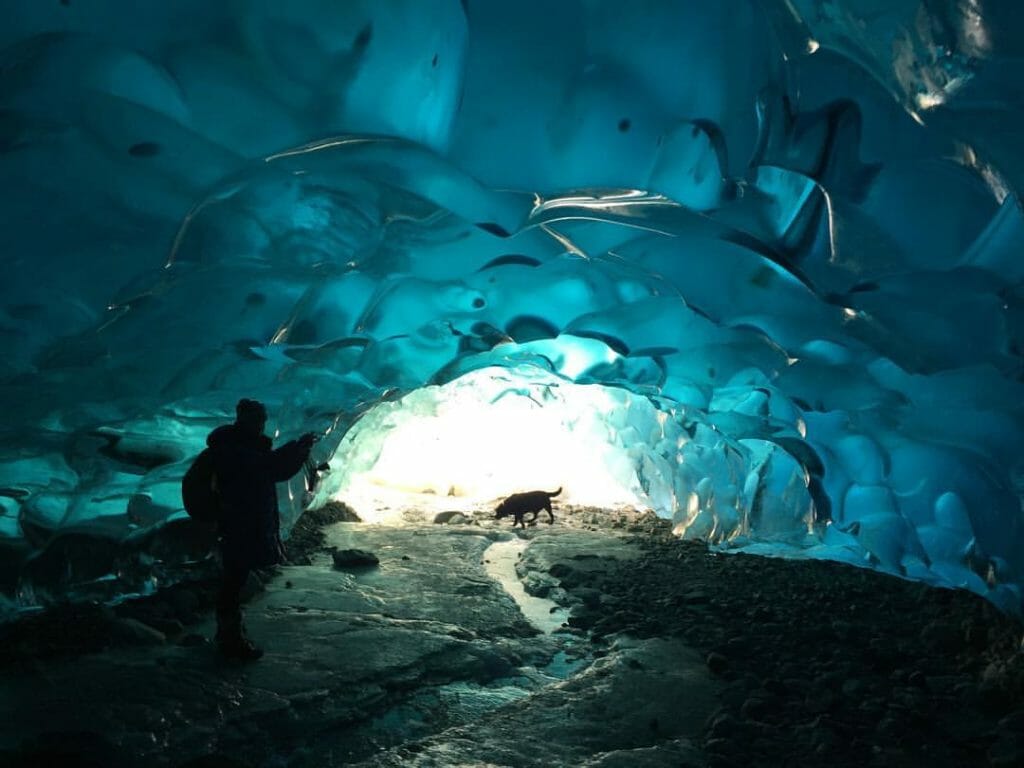
Last year the state of Alaska petitioned the U.S. Forest Service to create an ‘Alaska specific’ Roadless Rule, which we all recognized as a political effort to reinvigorate the region’s tiny timber industry.
In response, the Forest Service held a ‘scoping period’ to hear what people in Alaska thought about this. I took a stand during that time and spoke publicly about the need to continue to protect the Tongass’ abundant salmon and wildlife populations. That meant leaving the Roadless Rule in place. Of all the testimony I heard, Alaskans agreed with me, nearly unanimously: “Keep the Roadless Rule intact.” I heard it over and over, and by the end of scoping, I really felt that Alaskans had a chance to be heard.
Then, the draft environmental impact statement was released this fall.
Of the six alternatives, the alternative preferred by the Forest Service was Alternative No. 6 — a full exemption. This means that the Forest Service is ignoring public input and backing a plan to completely remove 9.2 million acres of the Tongass currently protected by the Roadless Rule. It would open up old-growth forest habitat that’s vital for fish production, tourism, hunting, indigenous cultures and recreation to industrial logging and roadbuilding.
After the release of the draft Environmental Impact Statement that preferred alternative No. 6, the Forest Service announced that it would travel to Southeast Alaska communities to explain the Roadless Rulemaking process and answer questions from the public. I was lucky enough to get to attend three of the meetings in Juneau, Ketchikan and Craig.
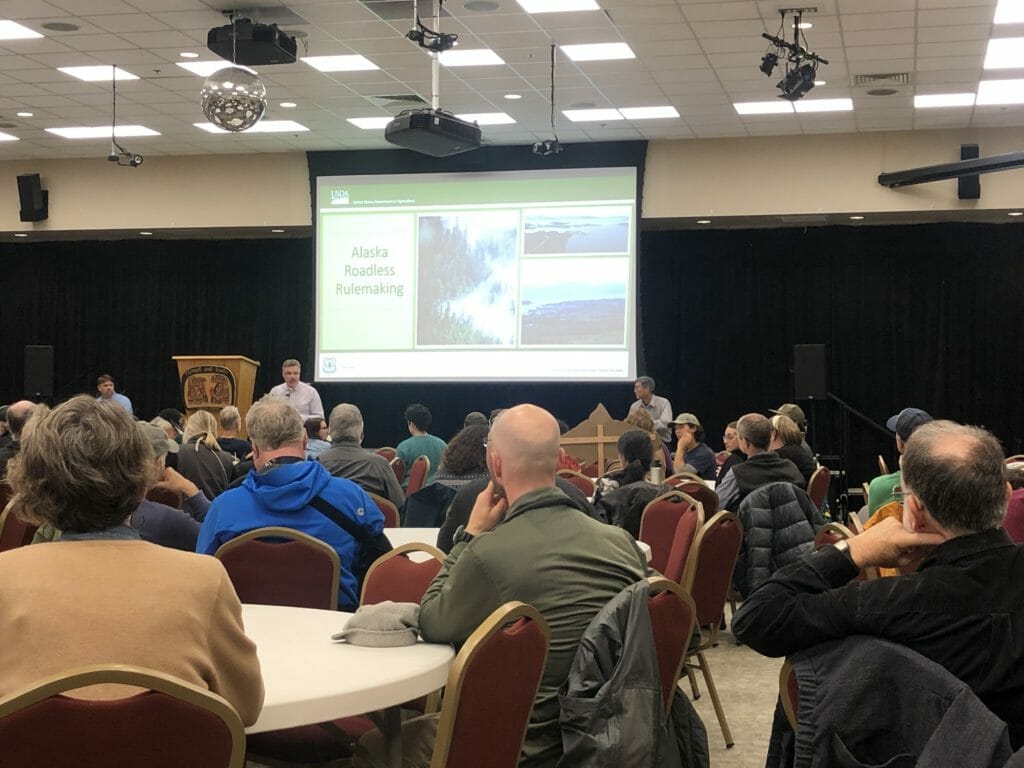
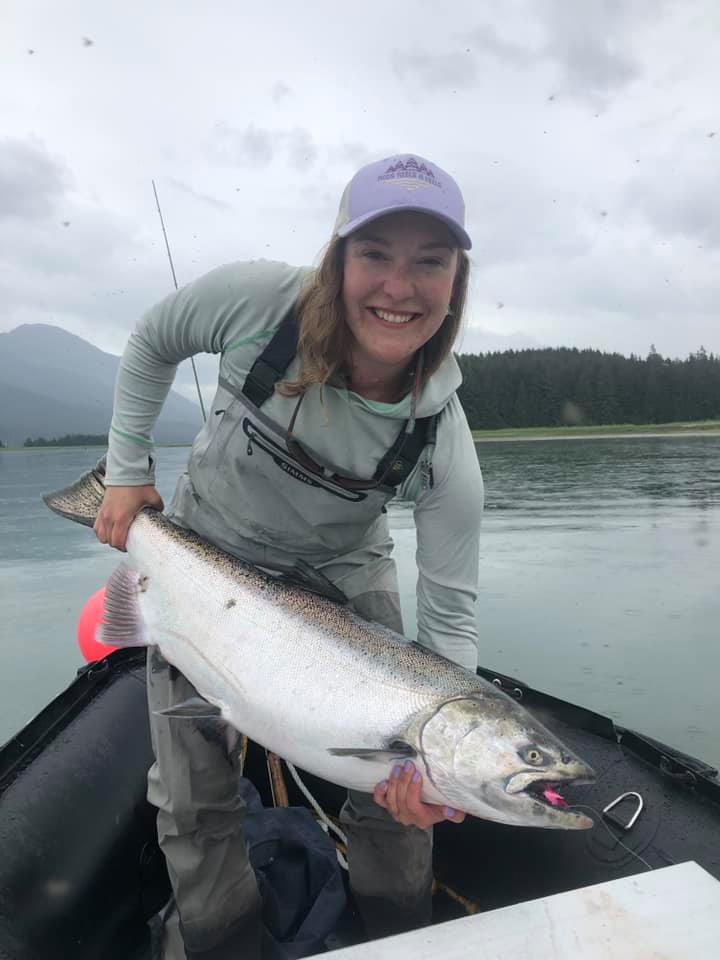
These meetings were all emotionally fueled, and rightfully so. Southeast Alaskans use these areas not only for recreation, but also subsistence and our own livelihoods. At all three of the meetings a few things were overwhelmingly clear:
- Alaskans want to continue to see important habitat protected.
- They want the Roadless Rule left in place.
- They do not understand how the Forest Service could back an effort to undo it. I heard this message shared over and over again.
I heard a similar question asked in all three meetings as well. We asked the Forest Service representatives, “During the scoping period, Alaskans clearly stated that we want continued protections of our precious fish and wildlife areas. So why is the preferred alternative a full exemption of the Tongass from the Roadless Rule?”
I have pondered this question every day since the meetings. Clearly, the Forest Service was instructed to listen to someone else — perhaps our governor and the president? — rather than the desires of the people who live here.
With our current state and federal administrations urging the Forest Service to do away with the Roadless Rule in the Tongass, it is that much more important for Alaskans and public-land users nationwide to speak up—clearly and in unison. Leave the Roadless Rule in place, and leave the Tongass just like it is. This is what the people of Alaska want.
The Tongass National Forest is America’s Salmon Forest. It produces more salmon than all our other national forests combined. It provides healthy habitat for those salmon as well as trout, steelhead, deer, bear and countless other species of wildlife. It helps slow climate change by absorbing and storing carbon, just by standing there. And it’s beautiful—inspiring future generations of people who value wild landscapes just like it did for me.
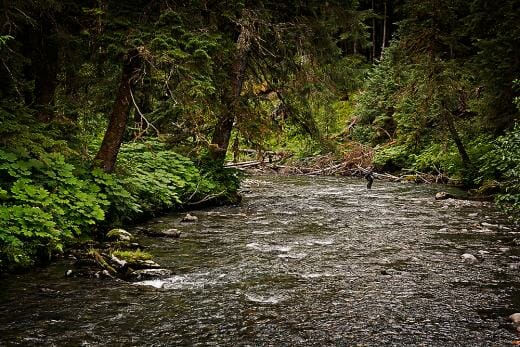
Please join me in speaking up for our Salmon Forest and ensuring the Roadless Rule protections can continue to be applied on the Tongass just like so many Southeast Alaskans have requested. Comment today.



